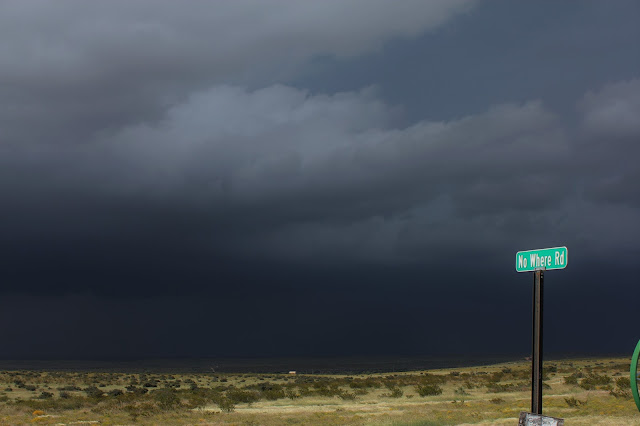GFS Drinking Same Kool-Aid As ECMWF? Tonight's 00Z/5 PM MST U.S. GFS 500 MB Forecast. Valid @ 5 AM MST Sunday, Dec 27, 2015. Tonight's 00Z/5 PM MST U.S. GFS Surface Forecast. Valid @ 5 PM MST Saturday, Dec 26, 2015. Tonight's 00Z/5 PM MST U.S. GFS Accumulated Forecast. Valid @ 5 PM MST Sunday, Dec 27, 2015. U.S. GFS 10-Day Forecasts. Albuquerque, New Mexico. Clines Corners, New Mexico. Cannon Air Force Base - Clovis, New Mexico. Corona, New Mexico. Sierra Blanca Regional Airport - Ruidoso, New Mexico. Roswell, New Mexico. Artesia, New Mexico. Carlsbad, New Mexico. Hobbs, New Mexico. Guadalupe Pass, Texas. El Paso, Texas. Blog Updated @ 12:15 AM MST: Tonight's 00Z/5 PM MST ECMWF 500 MB Forecast. Valid @ 5 PM MST Sunday, Dec 27, 2015. Just took a look at the tonight's run of the European model which just came in. Its forecasting snowfall totals of 26" fo...

























Comments
Post a Comment
Your comments, questions, and feedback on this post/web page are welcome.